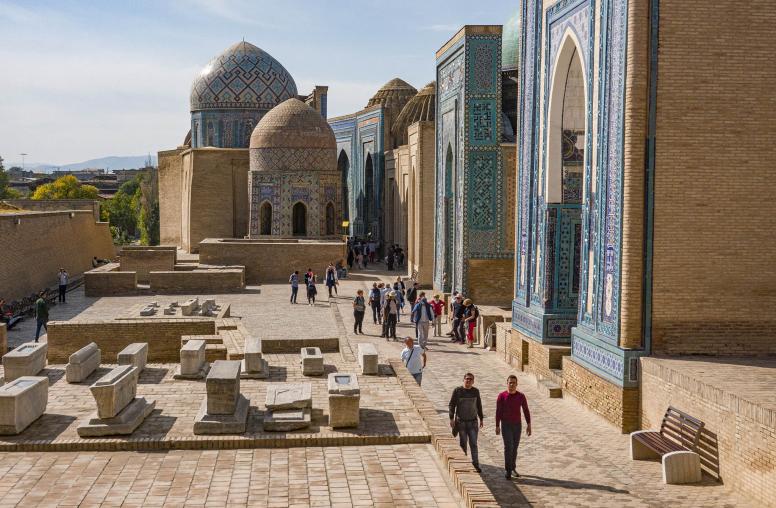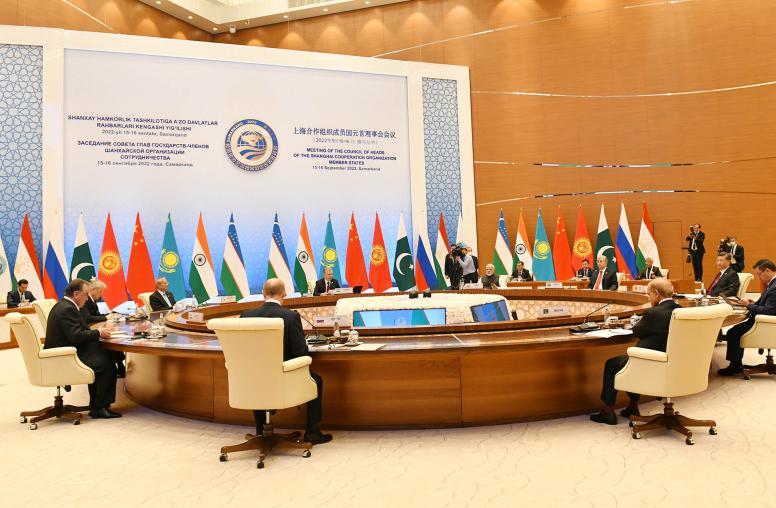Understanding Organized Crime and Violence in Central Asia
The influence of organized crime on governance and the rule of law in Central Asia has long been recognized, but its role in violence is less broadly understood. Looking at conflicts in Kyrgyzstan, Kazakhstan, and Tajikistan, this report examines the ways that organized criminal actors exploit popular mobilization (such as protests) and weaken state controls in episodes of violence. Recommendations for governments, international agencies, and civil society groups draw from expert interviews and research to address the range of organized criminal motives and circumstances.

Summary
- Organized violence in Central Asian states is complex and varied and often involves an organized criminal element. Criminal influence can manifest itself in episodes of violence not only amid “noisy” periods of upheaval and heightened mobilization of civilian populations but also during “quiet” periods when political order remains intact and mobilization is low.
- The report identifies four ways in which organized criminal actors engage in violence in Central Asia: in confrontation with the state; in open conflict amid state breakdown; in collaboration with regimes to wage state violence; and in competition with one another for assets and influence. Country case studies illustrate these variations.
- In Kyrgyzstan, “quiet” periods have been characterized by political assassination, murder of business competitors, and other types of intergroup violence.
- In Kazakhstan, regional and local criminal groups have exploited weakened government control and ethnic divisions in society to target competitors.
- In Tajikistan, the postwar consolidation of power has constricted opportunities for criminal groups, leading them to engage in violence either through collaboration with the regime or through confrontation when the state encroaches on their illicit economic activity.
About the Report
Organized crime is often overlooked as a driver of both political violence and civil conflict in Central Asia. This report looks at complex and variable conflicts in Kyrgyzstan, Kazakhstan, and Tajikistan, with recommendations for reducing violence both in periods of upheaval and in quiet times of low mobilization. Research was supported by the Central Asia Program at the United States Institute of Peace.
About the Authors
Lawrence P. Markowitz is a professor of political science at Rowan University in New Jersey, and Mariya Y. Omelicheva is a professor of strategy at the National War College in Washington, D.C. They are the co-authors of Webs of Corruption: Trafficking and Terrorism in Central Asia, an examination of the nexus of organized crime and terrorism in post-Soviet Eurasia, published by Columbia University Press in 2019.



